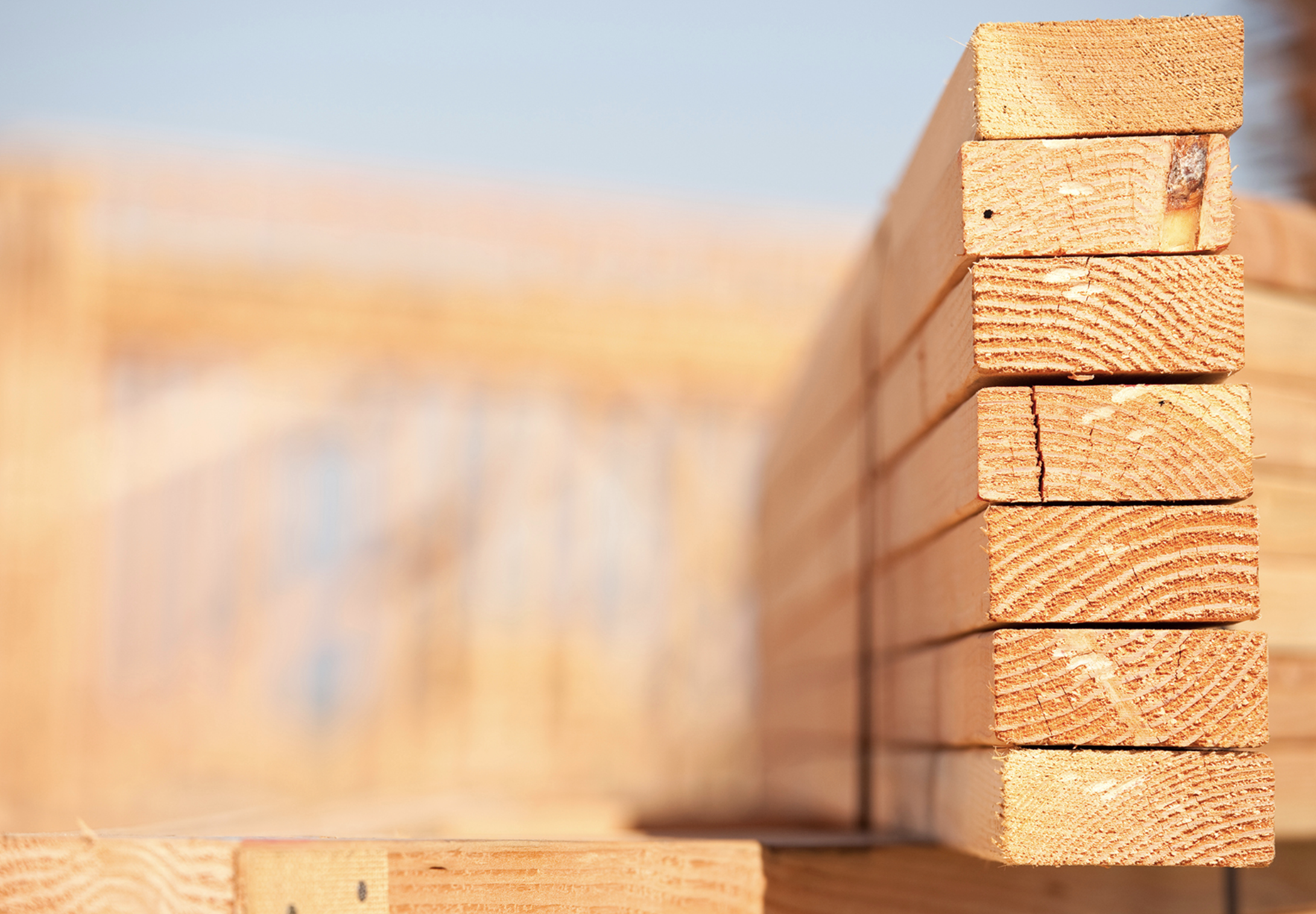Following a generally positive performance in 2015, the Architecture Billings Index has begun this year modestly dipping back into negative terrain. As an economic indicator of construction activity, the ABI reflects the approximate nine- to 12-month lead time between architecture billings and construction spending. The American Institute of Architects (AIA) reported the January ABI score was 49.6, down slightly from the mark of 51.3 in the previous month. This score reflects a minor decrease in design services (any score above 50 indicates an increase in billings). The new projects inquiry index was 55.3, down from a reading of 60.5 the previous month.
Every January the AIA research department updates the seasonal factors used to calculate the ABI, resulting in a revision of recent ABI values.
“The fundamentals are mostly sound in the nonresidential design and construction market,” says AIA Chief Economist, Kermit Baker, Hon. AIA, PhD. “January was a rocky month throughout the economy, with falling oil prices, international economic concerns, and with steep declines in stock market valuations in the U.S. and elsewhere. Some of the fallout of this uncertainty may have affected progress on design projects.”
Key January ABI highlights:
- Regional averages: West (50.8), Northeast (50.4), South (50.3), Midwest (48.9)
- Sector index breakdown: multi-family residential (51.9), commercial/industrial (50.5), institutional (49.9), mixed practice (49.0)
- Project inquiries index: 55.3
- Design contracts index: 50.9
The regional and sector categories are calculated as a three-month moving average, whereas the national index, design contracts and inquiries are monthly numbers.



Be the first to comment on "Architecture Billings Index: Mostly Stable Conditions in Nonresidential Design and Construction Markets"